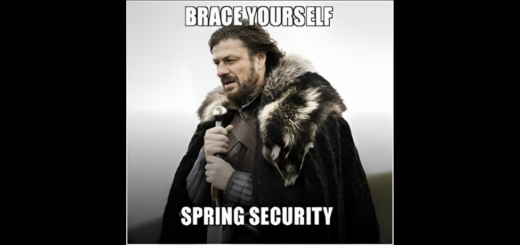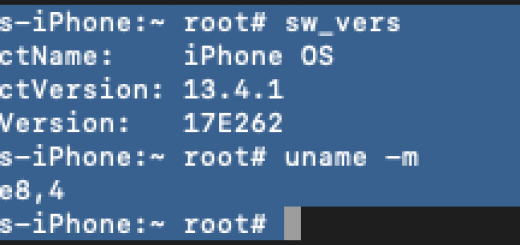WORKING OF THE WEB
“WORKING OF the WEB” What are your thoughts after reading this sentence?, When you learn about the web, you’ll learn about some hard truths. But it’s important to understand these truths so that you can make informed decisions about the web.
Now lets understand (what is the internet?), the internet is a way of connecting around the world which can be possible by optical fiber cables. Therefore, in 1974, the internet protocol suite is created or TCP/IP. It is like human communication but between computers.
Now we will briefly explain the main browser components.
- User Interface-It is a so-called GUI, and it is a combination of an address bar, refresh button, and other elements mainly all things except the requested page.

- Browser Engine-So basically browsing engine means the actions which are performed between UI and Rendering engine, but the Browser engine work is to convert raw data to display in pictorial and arranged format it’s not self-sufficient. And it also has worked in translation.
- Rendering Engine-Now Rendering engine is the one that also helps in Translation pr in technical means of rendering, and also it is used to display requested content if a website has HTML then the rendering engine parses CSS and HTML.
- Networking-So Networking means that it handles the URLs that use HTTPS, HTTP, and FTP.
- UI Backend-UI Backend is used in creating basic widgets like combo boxes and checkboxes.
- JavaScript Interpreter-Here the exception is done like this interpreter is used to execute the JS code and send it to the rendering engine. Many different browsers use different engines, like Firefox uses SpiderMonkey.
- Data Storage -So it is said like a place where data can be stored, it helps to keep the browser to store data like cookies and sessions also the file system.

When we search anything like – www.google.com then a lot of things take place to display the page, so we’re going to discuss them. Below is a Diagrammatic representation of the Process in short.

DNS Cache (Resolution)
So the first Basic step is DNS cache, but Firstly we will understand DNS i.e. Domain Name server whose main purpose is to translate the domain name into the IP address of that server without it is not possible to communicate. Now the DNS cache, Here DNS cache states that it stores the recent websites and recent browsed ones in the local files, and then it sends a message to a recursive DNS query (so-called recursive resolver).

- Recursive DNS Resolver is the place where all DNS is communicated, then it lookup for the IP we want it returns to the client.
- But if the IP is not present in the recursive resolver, then it will look to other servers like the root name server (Backbone) Top-level Domain server and an authoritative server.
- They all three work together and find the IP address, and then the resolver stores it in the cache so that next time it has to look at other servers and can respond to the user directly.


The three basic components are the Top-level Domain, NS records, and DNS name OR Name server:-
- Here, TLD is the element after the “.” Like -.com is a great example of a Top-level Domain, and others are .ca .co etc.
- NS record is basically with every domain company which keeps the records of active name servers.
- Also, the Name server is a component of the Domain Name System and is used to create custom name servers.
CGI (Common Gateway Interface):- So in short, CGI Provides between the protocol i.e. HTTP and the programs that generate web content. These are the scripts that are automated for the web pages.
- Also, These CGI scripts are used to transfer information between www and external databases these read the scripts line by line and call the CGI functions.
- And this is sent as part of the client browser as a part of the web page.
- Some use CGI because of its simplicity.
- Now Modern languages use major alternatives to CGI because CGI creates a new process on every request and makes it costly also CGI is slow which makes DOS security vulnerable.
- So the major alternatives to CGI are:-
- ASP
- PHP
- ColdFusion
- Java Servlets
- Mod_perl

SSI (Server Side Includes):-
- So SSI is similar to CGI in some way, but SSI is used earlier to execute some functions before the page loads.
- SSI’s main work is to perform the tasks like displaying the files and other URLs of web pages dynamically. Also, it is a mechanism that is used to display the different functions, and it also matches the script code and then sends it back to CGI so that it can load.
- It helps to reduce repetitive data, and it will also help to create navigation menus and dropdown menus.
- SSI server includes the injection it allows the attacks which allow exploitation of web applications which can be done by injecting HTML scripts.
DOM (Document Object Model):-
- It is an interface that works for programming documents.
- With the DOM, the user/programmers can buy the documents to navigate structures and create structures (add, modify)
- It can be used with any programming language, and it is not a set of data structures it is an object model which specifies the interface.

If you have any questions about any of this, please feel free to contact us. Thank you for your interest!! Now let’s move on to our next blog on TCP/IP headers in a broader sense.



Recent Comments